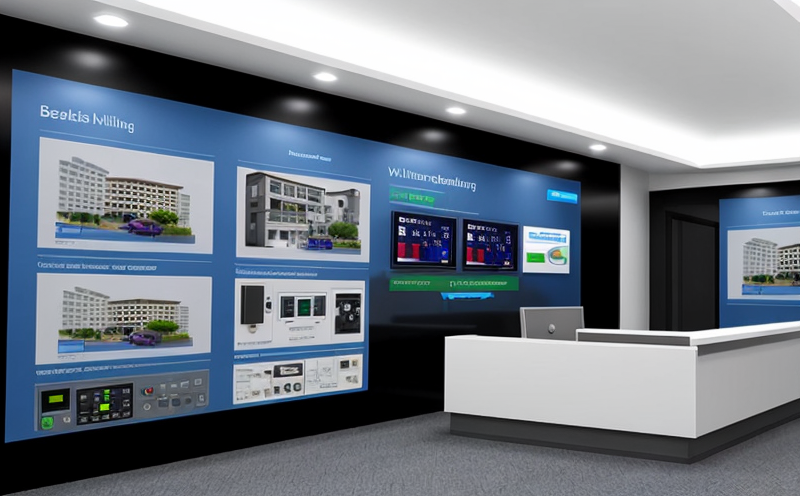ISO 50004-1 Energy Management Guidance for Buildings
The International Organization for Standardization (ISO) 50004-1 provides a framework for the management of energy in buildings. This standard is essential for organizations looking to improve their energy efficiency, reduce operational costs, and meet environmental sustainability goals. The standard outlines best practices for energy management systems that can help organizations identify where energy is being used, how much is being used, and what improvements could be made.
The primary focus of ISO 50004-1 is to guide the implementation of an energy management system (EnMS) in buildings. This includes establishing policies, setting targets, monitoring performance, and continuously improving processes related to energy consumption. By following this standard, organizations can ensure that their energy management practices are aligned with best international practices.
The standard applies to all types of buildings and facilities, regardless of size or complexity. It is particularly useful for those involved in the design, construction, operation, and maintenance phases of building projects. The standard also provides guidance on how to integrate energy management into existing quality management systems, thereby enhancing overall performance and sustainability.
Implementing ISO 50004-1 involves several key steps: assessing current energy use; setting targets for improvement; implementing measures to achieve these targets; monitoring progress towards those targets; and continuously improving the process through feedback loops. Each step requires careful planning, execution, and review to ensure success.
To help organizations implement ISO 50004-1 effectively, our laboratory offers comprehensive testing services tailored specifically to this standard. Our team of experts uses advanced tools and techniques to assess building energy performance according to the requirements outlined in ISO 50004-1.
Scope and Methodology
The scope of ISO 50004-1 encompasses the entire lifecycle of a building, from design through operation and maintenance. The methodology described within this standard is designed to guide organizations in establishing an effective energy management system that meets both regulatory requirements and internal goals.
- Assessment of current energy consumption
- Setting realistic target levels for improvement
- Implementing measures aimed at achieving these targets
- Monitoring progress towards those targets
- Continuous improvement through feedback loops
The methodology outlined in ISO 50004-1 is flexible enough to accommodate the unique needs of different organizations. Our laboratory’s testing services are tailored to meet these diverse requirements, ensuring that each organization receives personalized support throughout the implementation process.
Environmental and Sustainability Contributions
- Emissions Reduction: By improving energy efficiency, ISO 50004-1 helps reduce greenhouse gas emissions associated with building operations.
- Resource Conservation: Efficient use of resources leads to less waste and lower consumption rates.
- Risk Management: Implementing an EnMS as per ISO 50004-1 can help identify potential risks related to energy supply disruptions or inefficiencies.
The implementation of ISO 50004-1 contributes significantly to environmental sustainability by promoting responsible resource use and reducing negative impacts on the environment. Our laboratory’s testing services play a crucial role in ensuring that buildings comply with this important standard, thus supporting broader efforts towards sustainable development.
Use Cases and Application Examples
| Application Example | Description |
|---|---|
| Data Center Operations | Implementing ISO 50004-1 helps data centers optimize their energy consumption, leading to cost savings and reduced environmental impact. |
| Commercial Office Buildings | This standard assists commercial office buildings in reducing their carbon footprint by improving energy efficiency across all operational areas. |
| Residential Properties | ISO 50004-1 provides guidance for residential properties seeking to enhance their energy management practices, making homes more sustainable and cost-effective. |
| Schools & Universities | The standard supports educational institutions in managing energy resources efficiently, promoting a culture of sustainability among students and staff. |
| Hospitals & Healthcare Facilities | By following ISO 50004-1, hospitals can ensure they are using energy responsibly while maintaining high standards of patient care. |
The wide applicability of ISO 50004-1 makes it an essential tool for various sectors. Our laboratory’s testing services cater to the specific needs of each sector, ensuring that buildings meet the highest standards of energy management and sustainability.





